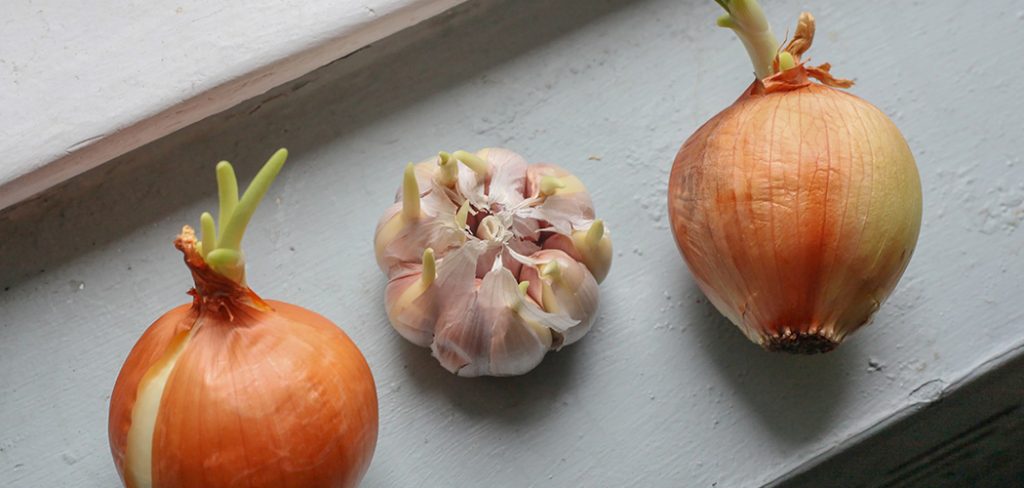Is this article is going to be on the benefits of regrowing beets or about the health benefits that beets have in them? Well, it’s a bonus. Vegetables are God’s way of gifting us; no matter which vegetable you pick, it will contain thousands of health benefits. Growing vegetables is not that hard. Just taking care of them a little more will give you a sense of belonging and physical exercise. Let’s learn how to regrow beets and their benefits.
Most of us like to buy fresh beets when we have to eat them. However, they can be preserved at home for months too. If you have grown them in your home and want to preserve fresh beets then cut the rootlets of the beetroot. Also, remove the foliage by cutting almost 1cm from the beet. Roughly brush the beets and dry them well to store in a cool well-ventilated room. And to keep them in winter, pull out the roots and let them dry for a day in the vegetable garden. After that, cut the leaves at the collar and brush to remove excess soil. Then, store the roots in cellars in the dark. Make sure that they are protected from frost. Covering them with a layer of very dry sand can improve conservation and it is easily possible too.
Beets are one of the most popular root vegetables in the garden. They are also the easiest vegetable crop to grow. Summer is the best time for them.
Growing Beets In Summer
Growing beets from seeds take a little longer. In that regard, to save ten days on emergence; the trick is to soak the seeds for a whole day in a glass filled with lukewarm water with a few drops of vinegar or lemon added. They are then sown in a cup or directly in place at a distance of 10cm on rows themselves 25cm apart. The seeds of beets are actually glomeruli because each contains several seeds. Their emergence generally takes a week to 10 days. The seedlings are then spread out until the beginning of June; spacing them out in time in order to harvest regularly rather than collecting all the beets at once.
Growing beets in summer are always encouraged because it saves them from frost.
The beet cultivation requires light soil, loose, staying cool and not hot in summer despite sun exposure. For its better maintenance, watering should be followed as regularly as possible, especially during times of drought. When they lack water, beets quickly become fibrous.
Once the plants have developed 3 or 4 true leaves, it is necessary to thin them while keeping the most vigorous (one plant every 5, 10, or 15 cm). If the beets are intended to be stored, 20-25cm spacing will be necessary for proper root development (but only 10cm or even 5cm if you plan to pick them young). When thinning, do not throw away excess plants; transplant them immediately elsewhere in the vegetable garden: recovery is guaranteed. To obtain an early harvest, the beet plants can be grown in a greenhouse, from April, in buckets filled with potting soil. They are then transplanted once the risk of frost has been eliminated by covering them with a forcing veil if necessary.
And this is how beets grow that come to our houses, once its sow or planted, taking care of beets and growing them is relatively easy. But a lack of water leads to hardening of the roots which also become fibrous; beets appreciate a certain level of humidity.
Can I Grow Beets From Beet Tops
Reading the growing process of beets the very first thing, I know, which might have crossed your mind is that how am I going to regrow it at home, right? If is it so, then let me share a little experience of mine as once I cut off the top of the beets and throw them in some water. Before I know it, I had a little garden of beet greens! So the answer is a “yes” to can I grow beets from beet tops.
For this, simply buy a pot or bucket, whatever you preferred to sow but try to protect it from the cold as it can be planted throughout the spring. If you are going to sow it in your garden then space each plant with a 25cm distance, water it regularly, avoiding wetting its foliage. Remember to water as much as the soil becomes dry from May to September, most probably.
Health Benefits Of Beets
As we have already learned how to regrow beets now coming to the benefits part. Beetroot is a root vegetable, like carrots and turnips. Rich in carbohydrates, its flesh offers good levels of vitamins B9, minerals, and fibers. Most of the energy supply of beets comes from its carbohydrates. It also provides the vitamin A, of beta-carotene (precursor of vitamin A) and vitamin C. Its flesh contains a wide range of minerals like iron, sodium, magnesium, potassium, calcium, zinc, copper, phosphorus; in moderate concentrations, however. A beet also displays a high concentration of antioxidant compounds, which protect our cells from premature aging caused by oxidative stress. These compounds are present in the form of flavonoids, pigments responsible for their dark red color. Also, beets fibers are abundant and contain a majority of insoluble fibers (cellulose and hemicelluloses).
Conclusion
You should try growing your own vegetables at home. Homemade vegetables taste better than the ones bought from the supermarkets. Start from beets today as now you know how to regrow beets.
Planting will not only have a positive impact on your health but also on the health of the planet. And it not only connects you with nature; such activities linked to the vegetable garden also create opportunities for mutual aid between neighbors, for bringing together colleagues, for moments of conviviality between members of the family.

